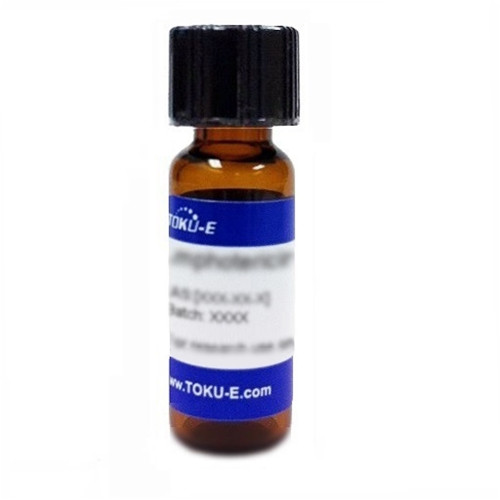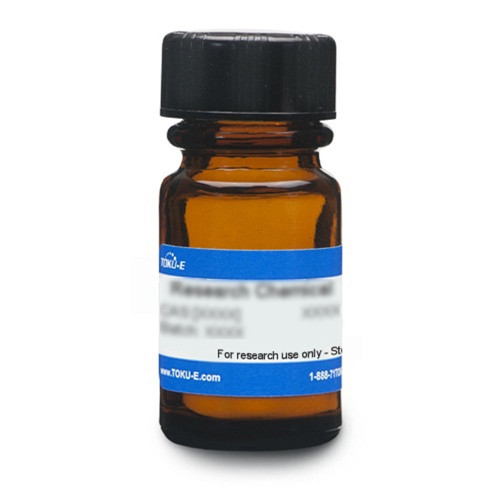Clindamycin Hydrochloride is a broad-spectrum antibiotic and antiparasitic agent. It is a semi-synthetic analog of lincomycin, a natural lincosamide isolated from Streptomyces lincolnensis in 1966. Anhydrous Clindamycin Hydrochloride is hygroscopic, and different crystal forms have been observed due to the degree of hydration.
Clindamycin Hydrochloride is freely soluble in water.
We also offer:
| Mechanism of Action | Lincosamides inhibit bacterial protein synthesis by binding the 50S ribosomal subunit and interfering with tRNA activity during translation. Clindamycin may be bacteriostatic or bactericidal in action. Protein synthesis inhibition is concentration dependent. |
| Spectrum | Clindamycin is a broad-spectrum antibiotic targeting primarily Gram-positive and Gram-negative bacteria such as Clostridium and Bacteroides species. |
| Microbiology Applications | Clindamycin is commonly used in clinical in vitro microbiological antimicrobial susceptibility tests (panels, discs, and MIC strips) against Gram-positive and Gram-negative anaerobes. Medical microbiologists use AST results to recommend antibiotic treatment options. Representative ranges include:
For a representative list of Clindamycin MIC values, click here. Staphyloccal resistance has been induced in vitro and has been shown to be acquired. Natural and acquired resistance has been shown in vitro and in vivo, in strains of Staphylococci, streptococci, and B. fragilis. |
| Eukaryotic Cell Culture Applications | HIV-infected cells (MOLT3 cells) were incubate with Clindamycin in increasing concentrations, and did not result in increased cell death compared to uninfected control cells (Wijsman et al, 2013).
The effects of Clindamycin and its metabolites on mammalian cell lines (mouse leukemia L1210, human oral carcinoma KB, human acute myelogenous leukemia RPMI 6410, and human lymphocyte RPMI 1788) were evaluated. Metabolites Clindamycin sulfoxide and clindamycose were nontoxic, wherease N-demethyl Clindamycin showed cytotoxic effects in culture (Li et al, 1977). |
| Molecular Formula | C18H33ClN2O5S · HCl |
| Potency (on a dry basis) | ≥800 µg/mg (C18H33ClN2O5S) |
| References |
Dhawan VK and Thadepalli H (1982) Clindamycin: A review of fifteen years of experience. Clin. Infect. Dis. 4(6):1133-1153 PMID 6818656 Li LH, Kuentzel K L, Shugars KD and Bhuyan BK (1977) Cytotoxicity of several marketed antibiotics on mammalian cells in culture. J. Antibiot (Tokyo) 30(6):506-512 PMID 560364 Lovmar, M and Tanel T (2003) The Mechanism of action of macrolides, lincosamides and streptogramin B reveals the nascent peptide exit path in the ribosome. J. Molec. Microbiol. 330(5 ): 1005-014 PMID 12860123 Magerlein BJ et al (1966) Chemical modification of lincomycin. Antimicrob Agents Chemother. 6:727 PMID 5985307 Wijsman JA, Dekaban GA and Rieder MJ (2013) Differential toxicity of reactive metabolites of Clindamycin and sulfonamides in HIV-infected cells: Influence of HIV infection on Clindamycin toxicity in vitro. J. Clin. Pharmacol. 45(3):346-351 PMID 15703369 |
| MIC | Diplococcus pneumoniae| 0.005 - 0.02 || Haemophilus influenzae| 3.1 - 25 || |








